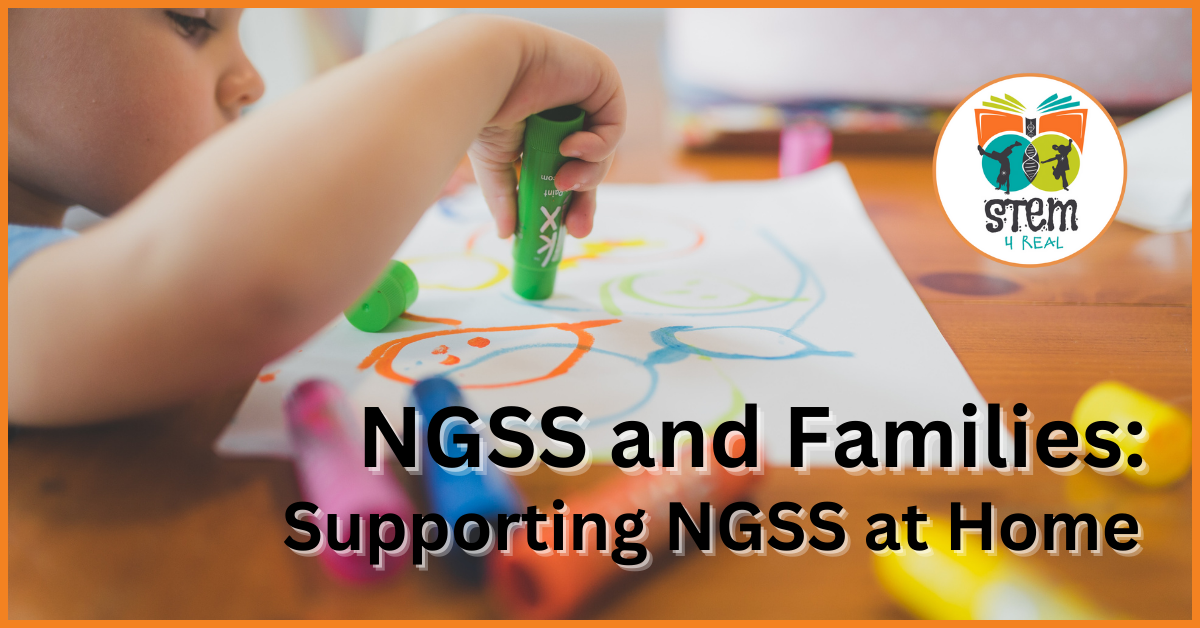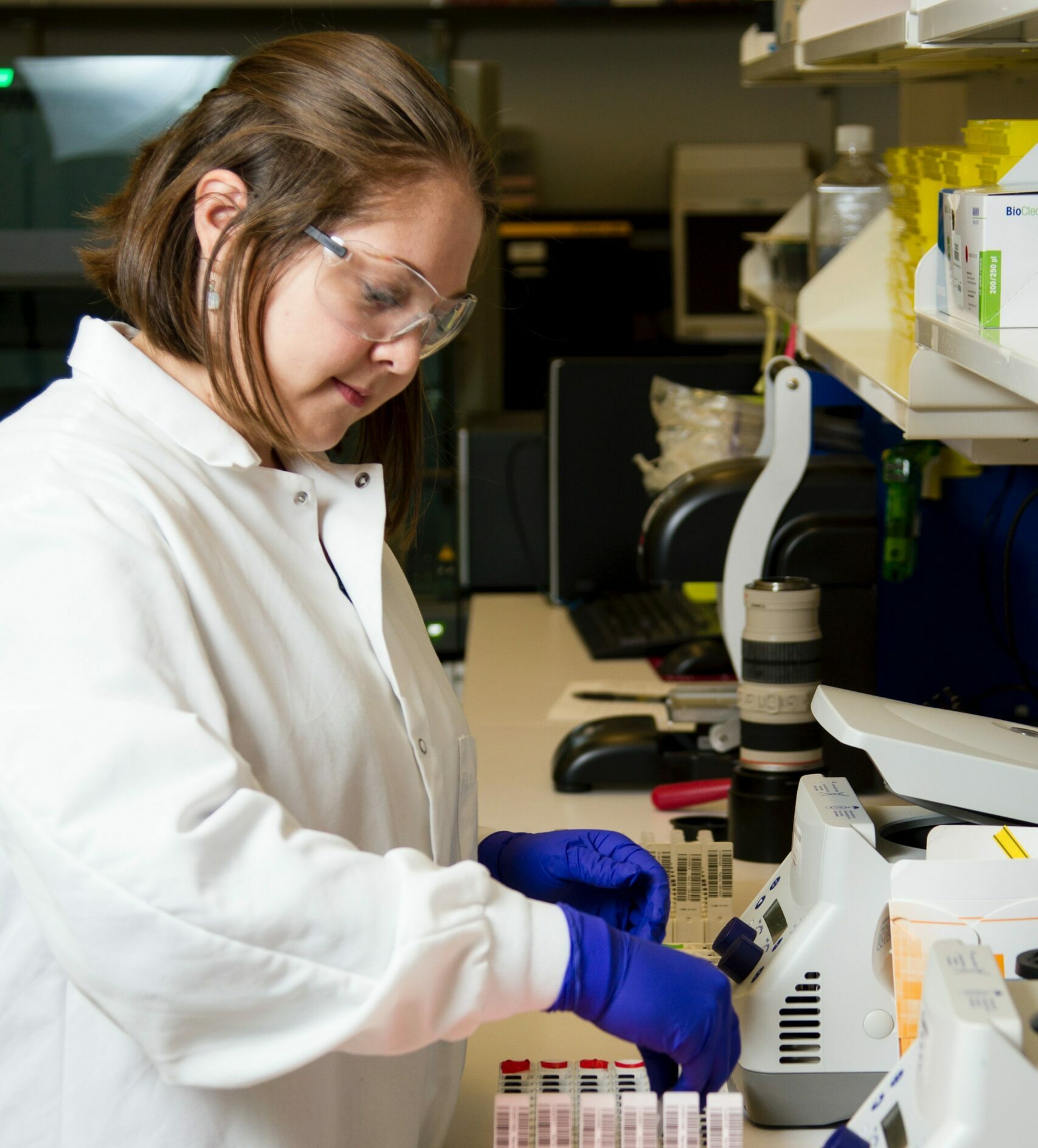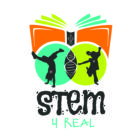NGSS and Families: Supporting NGSS at Home

About NGSS

The Next Generation Science Standards (NGSS) are K–12 science content standards. Standards set the expectations for what students should know and be able to do. Click here for an overview of NGSS.
Why this is important for science?
The NGSS provide a framework for three-dimensional science teaching and learning in grades K-12 and set expectations for not just KNOWing science but DOing science too!
What this means for my child’s education?
Ask your teachers whether your child is learning science and what you can do at home to inspire curiosity and exploration.
DO: The Practices
Ask your child, what are they DOING in class? We want our students to be engaged in the DOING of STEM.
Science and Engineering Practices
- Asking Questions and Defining problems.
- Developing and using models.
- Planning and carrying out investigations.
- Analyzing and interpreting data.
- Using mathematics and computational thinking.
- Designing solutions.
- Engaging in argument from evidence.
- Obtaining, evaluating, and communicating information.
KNOW: The Core Ideas
Ask your child, what is the content that your student is learning? What do they KNOW about the topic?
These are the Disciplinary Core Ideas for Life Science, Earth and Space Science and Physical Science:
- From Molecules to Organisms: Structures and Processes
- Ecosystems: Interactions, Energy, and Dynamics
- Heredity: Inheritance and Variation of Traits
- Biological Evolution: Unity and Diversity
- Earth’s Place in the Universe
- Earth’s Systems
- Earth and Human Activity
- Matter and Its Interactions
- Motion and Stability: Forces and Interactions
- Energy
- Waves and Their Applications in Technologies for Information Transfer
- Engineering Design
THINK: The Cross Cutting Concepts
Ask your child, how can you THINK about what you are learning? Where have you seen material like this in other topics? Other subjects?
- Patterns
- Cause and effect
- Scale, proportion, and quantity
- Systems and system models
- Energy and matter
- Structure and function
- Stability and change

Justice and Anti-Racism
“Why does this really matter?” and “Why does this matter to me?”
Justice-centered science pedagogy empowers teachers to make science learning more inclusive of authentic student experiences and aligns well with NGSS.
Justice-centered instruction has the potential to inspire social stewardship and productive empathy in students through self-awareness and reflection about how one’s identity and access to sociopolitical power informs responsibilities for the future of our collective societal well-being.

Culturally Responsive Phenomenon
The WHY Behind the instruction
What gets your child excited about learning? What gets your child engaged with science and STEM? How can we make the learning relevant for them?
Here’s a formula we use: SHS (Standard-Hook-Society)
Standard: This is your NGSS Performance Expectation for what the student is expected to learn
Hook: What can get your students excited about science? This is the wow factor that we want to see in our science lessons.
Society: We are always encouraging our young learners to think about their greater community and impact on society
